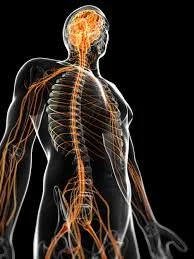Pain can be a tricky thing to solve, especially when you’re dealing with long-term, chronic pain conditions. If your pain is relatively new, or the result of a recent injury, the clear order of the day is to simply be patient and do what’s needed to let your body heal. But if you’ve been challenged by more complex, chronic pain, the foundation of healing rests on one key thing: creating safety in your nervous system. Read on to learn some straightforward tools to help you do just that.
Read MoreStrange thing to hear from a Rolfer I bet, especially since the field of Rolfing was more or less built on the belief that postural symmetry was the key to pain-free living. Folks often come see me to work on their posture, believing that better posture and greater symmetry will help them become pain-free, or keep them pain-free for life. Paradoxically, when you work hard at "good" posture, that very effort is often the culprit underneath your pain. Not an asymmetry or imbalance in your posture. Fact is, if you have less-than-perfect posture, you'll most likely be fine.
Read More50 million adults in the US alone are reported to suffer from chronic pain (that number jumps to 1.2 billion adults globally!). Chronic pain defines our lives, limits what we can do, and perhaps most importantly, limits what we think we can do. The old paradigm for solving chronic pain tells us that something’s wrong with your body, that something’s broken and you need to fix it. The new paradigm understands that your pain doesn’t live in your body; it lives in your nervous system and you simply need to teach your brain that your body is safe. Pain Reprocessing Therapy does just that — read on to learn more.
Read More



